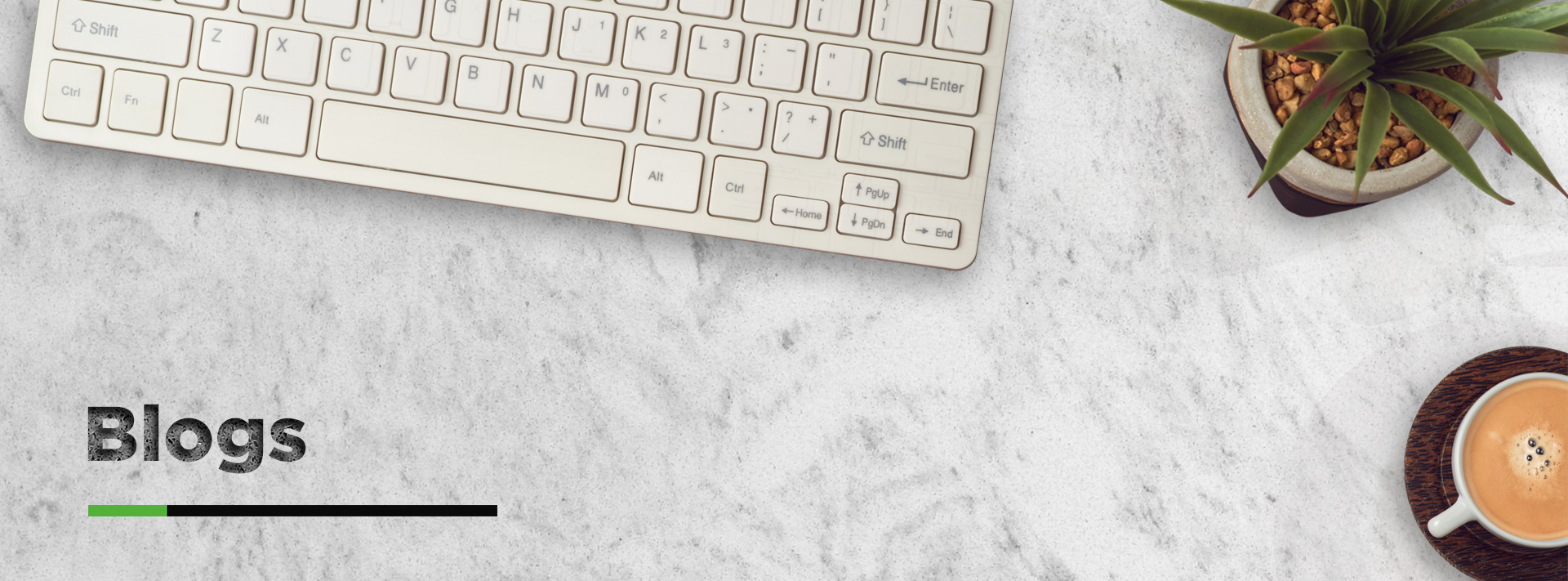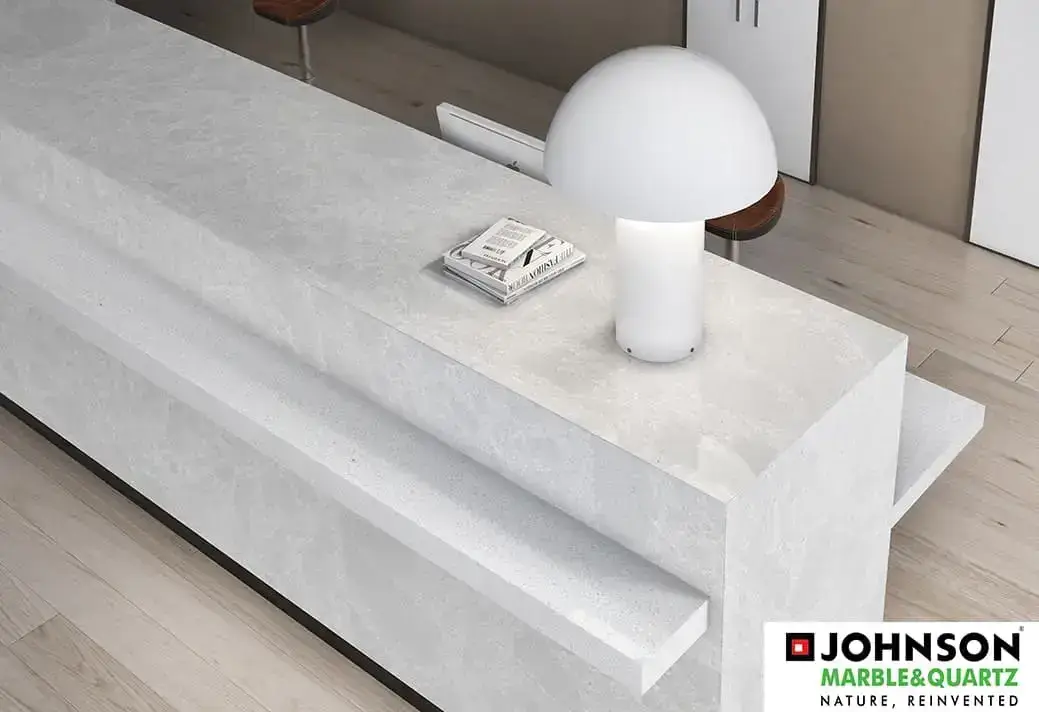Marble, a timeless and elegant stone, has been used in architecture and interior design for centuries. Its unique veining patterns and luxurious appeal make it a popular choice for countertops, flooring, and decorative accents. However, to maintain its beauty and longevity, proper care is essential. In this guide to marble maintenance, we will explore different types of marble and provide valuable tips on how to keep them looking their best.
Understanding the Types of Marble
Section 1:
Before we delve into maintenance tips, it's essential to clearly understand the various types of marble commonly used in homes. This knowledge will help you better appreciate and care for your specific type of marble.
Let's explore three popular types:
Carrara Marble
Originating from Italy, Carrara marble stone is renowned for its elegant grayish-white coloration with subtle veins running through it. It has become one of the most recognizable marbles globally due to its iconic appearance. The soft and delicate veining patterns add a touch of sophistication to any space where it is utilized.
Calacatta Marble
Also originating from Italy, Calacatta marble stone sets itself apart from Carrara with more prominent veining patterns that can range in shades of gray or gold against a pristine white background. These striking veins create an eye-catching visual appeal and make Calacatta marble highly sought after for creating luxurious and glamorous interiors.
Statuario Marble
Statuario marble stone boasts an awe-inspiring aesthetic with bold dark grey veining that starkly contrasts against its bright white backdrop, resulting in a stunning display reminiscent of classic sculptures found in ancient Roman architecture. Its captivating beauty exudes luxury and elegance while making a powerful statement as an architectural element or design feature.
By familiarizing yourself with these different types of marble, you can choose the one that best suits your personal style preferences and understand how each type may require unique care to maintain its natural beauty over time.
Regular Cleaning Routine for maintaining the beauty of your marble surfaces
Section 2:
It's important to establish a consistent cleaning routine to keep your marble surfaces looking their best:
Dusting or Sweeping
To begin, make it a habit to dust or sweep your marble surfaces regularly using soft-bristle brooms or microfiber cloths. This will help remove any loose dirt, debris, or particles accumulating on the surface.
Wiping with Mild Soap Solution
Next, prepare a solution of mild soap diluted in warm water and use a non-abrasive cloth to wipe down the marble surfaces gently. The mild soap helps break down any grime or stains without causing damage to the delicate surface of the marble.
Thorough Rinsing
After wiping down with the soap solution, it is essential to rinse the surfaces thoroughly with clean water. This step ensures that all traces of soap residue are removed from the marble, as they can dull its natural shine if left behind.
Drying Completely
Lastly, dry the marble surfaces completely using soft towels or microfiber cloths. This helps prevent water spots from forming and maintains their pristine appearance.
Dealing with Stains
Section 3:
Accidents can occur despite our best efforts when dealing with stains on your cherished marble. But worry not! Here are some valuable tips for handling common stains and keeping your marbles looking pristine:
Protecting Marble from Scratches
Section 4:
Accidents can occur despite our best efforts when dealing with stains on your cherished marble. But worry not! Here are some valuable tips for handling common stains and keeping your marbles looking pristine:
Sealing Marble Surfaces
Section 5:
Sealing your marble surfaces adds an extra layer of protection against staining and etching:
Special Care Tips for Shower Tiles
Section 6:
Marble shower tiles are a stunning addition to any bathroom, but they require additional care and attention due to their prolonged exposure to moisture. To ensure the longevity of your marble tiles, consider following these special care tips:
Proper Ventilation
Adequate ventilation prevents excessive humidity buildup in the shower area. Moisture can seep into natural stone pores like marble and cause damage over time. Make sure your bathroom has proper ventilation through exhaust fans or open windows.
Regular Wiping
After each use, wiping down your shower tiles with a squeegee or soft cloth to remove soap scum and minimize water spots is essential. This simple practice helps prevent buildup that can dull the beauty of your marble tiles.
Grout Line Cleaning
The grout lines between the marble tiles also need attention as they can accumulate dirt and grime over time. Use appropriate products specifically designed for use on natural stone when cleaning grout lines to avoid damaging or discoloring the marble.
Conclusion
By following these maintenance tips tailored towards different types of marbles like Carrara, Calacatta, and Statuario, you can ensure their longevity while preserving their stunning appeal. Remember regular cleaning routines, addressing stains promptly with suitable methods, protecting against scratches, periodic sealing (if required), and implementing special care measures for shower tiles. With proper maintenance practices, your marble stone surfaces will continue to shine and bring elegance to your living spaces for years to come.


